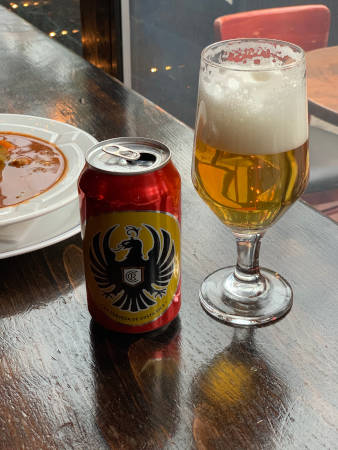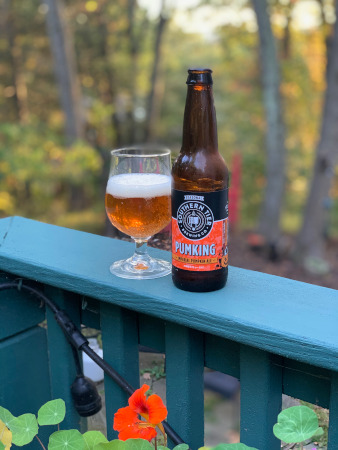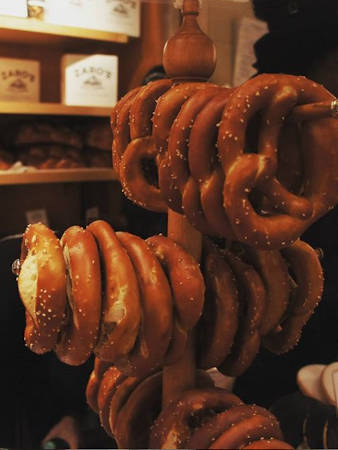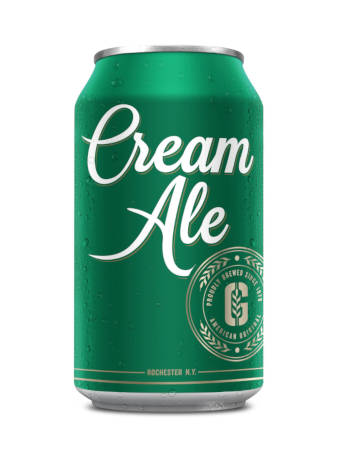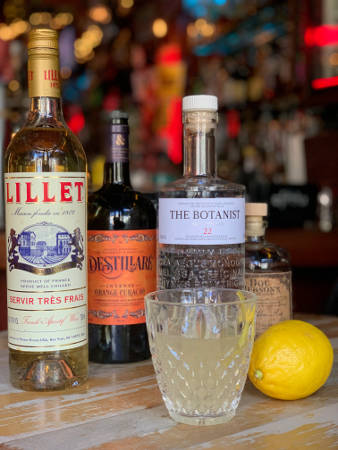 “Para todo mal, mezcal. Y para todo bien, también.”
“Para todo mal, mezcal. Y para todo bien, también.”
(“For everything bad, mezcal. And for everything good, too.”)
~ Oaxaca proverb
First things first: While all tequilas are technically mezcals, mezcal is not tequila. They’re both made from the agave plant – a type of spiky succulent – but that’s where the similarities end.
Tequila is made only from blue agave (at least 51%) in the northern Jalisco/Michoacán region of Mexico, while mezcal – which has been part of Mexican culture for over 400 years – can be made from more than 30 different agaves (also known as maguey) grown primarily in the southwestern region of Oaxaca. In both tequila and mescal, the plants’ long spiked leaves are sheared off so that the agave hearts – known as ‘piñas’ for their resemblance to pineapples – can be harvested. Tequila piñas are steam cooked in large autoclaves, while mezcal piñas are roasted with wood fire and volcanic rock in an earthen pit. The smoky piñas are then crushed – many artisanal mezcaleros in small villages still use donkeys pulling giant stone wheels in a circle – and combined with water, allowed to ferment, then distilled and aged in oak. Yet the flavor nuances of mezcals can be limitless, characterized by type of maguey, soil, roasting method, local spring waters, still type, barreling and beyond. The more you learn about mezcal, the more fascinating the spirit becomes.
When it comes to premium mezcal, we’re fans of both El Buho and Ilegal. El Buho – Spanish for ‘The Owl’ – is made from the Espadin agave hearts roasted for one week in a stone pit with mesquite, crushed by horse-pulled wheels of volcanic stone, and bottled unaged. The result is a terrific entry-level mezcal that delivers an earthy wood smoke nose beautifully balanced by tropical fruit flavors. Look for the owl on the bottle, and try it neat or in a margarita. The Ilegal backstory – founded by a New Yorker who began smuggling it from a small Oaxacan village to his dive bar in Guatemala while dressed as a priest – is as compelling as the spirit itself. We carry Ilegal Joven, which is also made from Espadin and bottled unaged. You’ll taste the soil and sun via its green apple and citrus notes, along with a velvety smokiness that can be almost cigar-like. Sip it neat, or try it in a summer cocktail.
As for mezcals with a worm in the bottle, that’s actually the larva of a moth commonly found on maguey agaves. Eating this worm is said to impart a) vivid hallucinations b) intense aphrodisiacal properties or c) a gimmick aimed at marketing low-end mezcals to gullible gringos. At our Dive Bars, we believe that life is too short for bad love, cheap friends or mezcal con gusano.
Salud,
Lee

